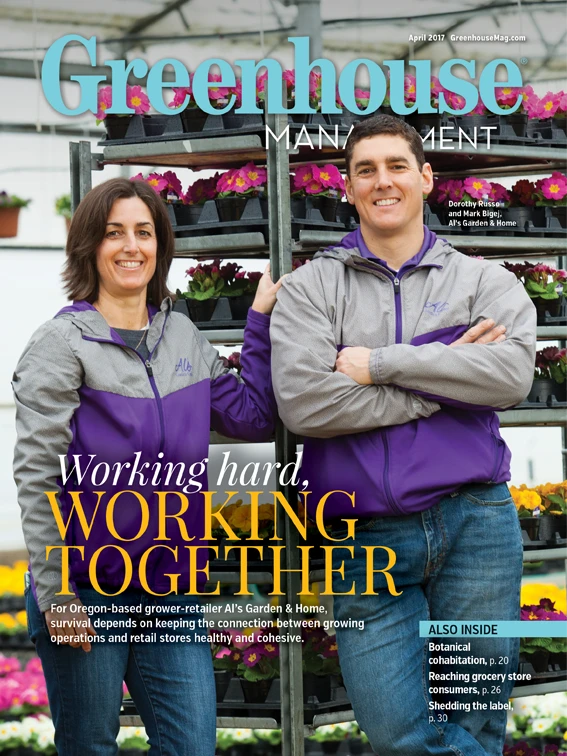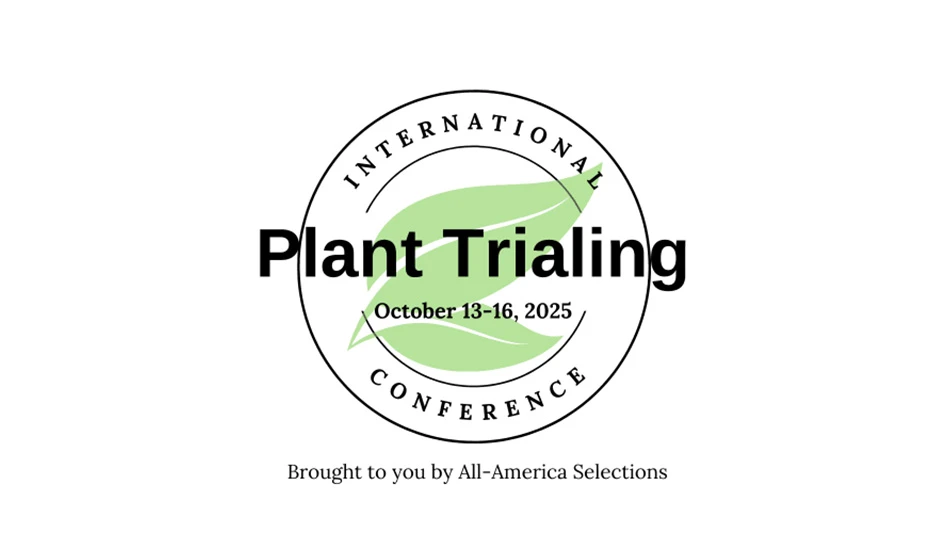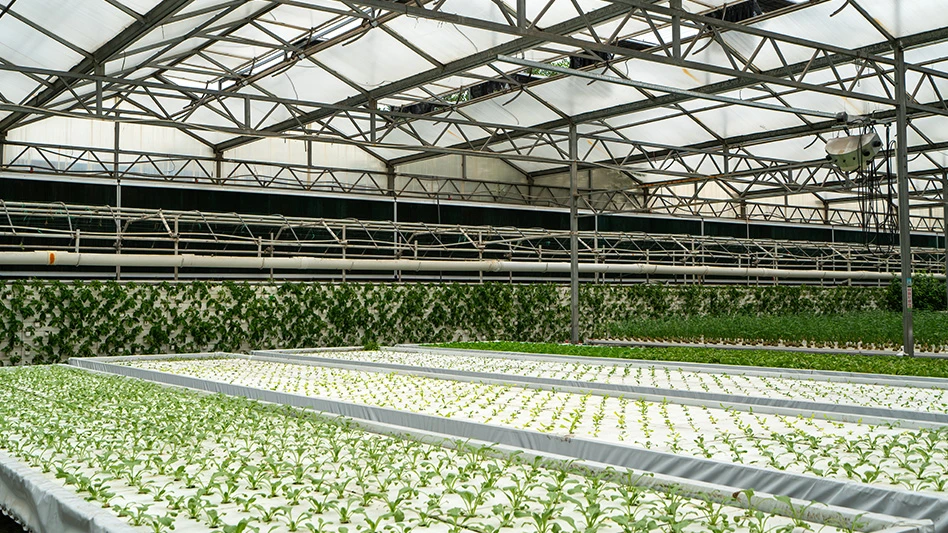
When spring arrives, growers find it increasingly difficult to deal with order fulfillment, perishable inventory, shipment delays and overtime costs — all while entering this information into a system or spreadsheet that perhaps requires impractical steps, or isn’t democratized enough throughout the greenhouse.
One of the reasons spring brings about extra stress for growers is because much of their annual revenue is concentrated in such a short period of time — sometimes up to 80 percent in six to eight weeks, says Greg Lafferty, senior account manager at Practical Software Solutions. “That’s where everything that could go wrong will go wrong because it’s when they’re stress-testing all of their processes at once, from the pulling process to the shipping process to the invoicing process, cash selection,” he says.
Software can relieve some of that stress, allowing growers to consistently keep track of multiple processes, such as shipments, and schedules for watering and applying chemicals to plants, says Mark Morris, director of IT and CIO at Ball Horticultural Company. “If it’s done accurately, if you take it seriously and treat it as part of your job — not as an inconvenience — it can be very, very helpful and save you a lot of headaches on the backend,” he says.
Choosing the right software
The size of a given greenhouse operation and its budget will determine how complex of a software system it requires, Morris says. For smaller growers, for instance, finding software at the local electronics store might make more sense than hiring a programmer to customize or enhance software.

Rather than taking advantage of automated software, many companies route master control of production spreadsheets to “brain trust” managers, says Todd Waterman, solutions architect at Socius. The problem with this technique, he says, is that if one of these managers is sick or unavailable on a specific day, the greenhouse lacks vital information.
Detailed software systems, such as enterprise resource planning (ERP) systems, are more beneficial than spreadsheets because they have automated functions, Waterman says. “You can put in a number to say, ‘Hey, I’m going to grow this many petunias in this week,’ and click a button, and then you’re going to be able to see how much space that’s going to take, how much labor you’re going to need, how many inputs, what your purchasing is going to be — rather than going to five to 10 different spreadsheets in order to put in all the information and then try to figure it out, which is what happens most of the time,” Waterman says.
Simplifying day-to-day operations
During the busy season and in the midst of crises aren’t the only times software serves a useful purpose, says John Stallmer, president and owner of Innovative Software Solutions. “Today’s software systems will typically help you define a process that can be used in both the slow and busy times of your business,” he says. “Once this process is in place, growers will find that parts of the process can be automated, which allows staff to focus on the core elements of the process and not get sidetracked with some of the important, but ancillary steps.”

Stallmer gives the example of a shipping process. Using software, greenhouse operations can easily pull product, package it and ship it. Certain software can help with all of these steps and process paperwork for orders while automatically sending shipping notifications to customers — and reducing unnecessary headaches ahead of time.
Benefits to labor
In addition to helping with inventory and shipping, software can help growers determine their labor needs based on data it has collected over time, Stallmer says. Software can quantify, for instance, the amount of progress an employee has made on a certain task, such as sticking petunias, as well as provide insights into which employees are working effectively — and which may not be.
By utilizing software, some growers are shipping as much as 20 percent more inventory with the same size team in less time, says Aaron Allison, CEO of SBI Software.
In many situations, growers write down information and send it to office employees who then enter the data into a system, Aaron says. An easier solution, he says, is to rely on mobile applications and software that requires fewer clicks.
The less time employees spend entering data, the more time they will spend being productive in other ways, Aaron says. “People get caught up in thinking they’re going to capture all this data, and then all of a sudden they’re swimming in all of these reports, and they’re shipping less product,” he says.
Making more with less

Growers can use software to their advantage using methods such as “exception-based reporting,” which consists of pulling unique data out of a larger data set rather than focusing on the entire set, Lafferty says. Shipment delays and plant growth delays are both examples of events that would stand out in this system.
Effective software systems, Lafferty says, follow “one version of the truth,” meaning that growers can enter inputs in one location and they will automatically transfer to other locations. For instance, information that is pertinent to both sales and order management can be taken care of at one time.
As with other technologies, Lafferty warns that there is a learning curve with software, and it needs to be used properly. “That which helps with stress could also cause more stress if it’s not managed appropriately,” he says. “That’s always been my message. It has to be approached in a smart manner, but certainly if the tools exist, why would you not take advantage of those tools and manage them appropriately if they’re out there?”

Explore the April 2017 Issue
Check out more from this issue and find your next story to read.
Latest from Greenhouse Management
- Hurricane Helene: Florida agricultural production losses top $40M, UF economists estimate
- No shelter!
- Sensaphone releases weatherproof enclosures for WSG30 remote monitoring system, wireless sensors
- Profile Growing Solutions hires regional sales manager
- Cultural controls
- University of Maryland graduate student receives 2024 Carville M. Akehurst Memorial Scholarship
- Applications open for Horticultural Research Institute Leadership Academy Class of 2026
- Meeting the challenge of pest management





